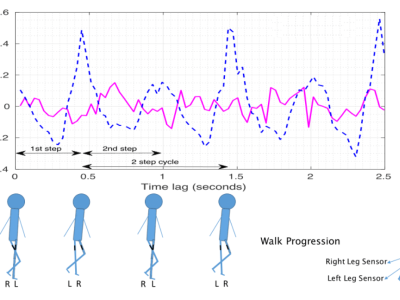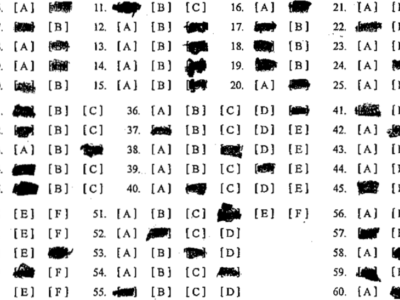
One paramount challenge in multi-ion-sensing arises from ion interference that degrades the accuracy of sensor calibration. Machine learning models are here proposed to optimize such multivariate calibration. However, the acquisition of big experimental data is time and resource consuming in practice, necessitating new paradigms and efficient models for these data-limited frameworks. Therefore, a novel approach is presented in this work, where a multi-ion-sensing emulator is designed to explain the response of an ion-sensing array in a mixed-ion environment.
- Categories:






